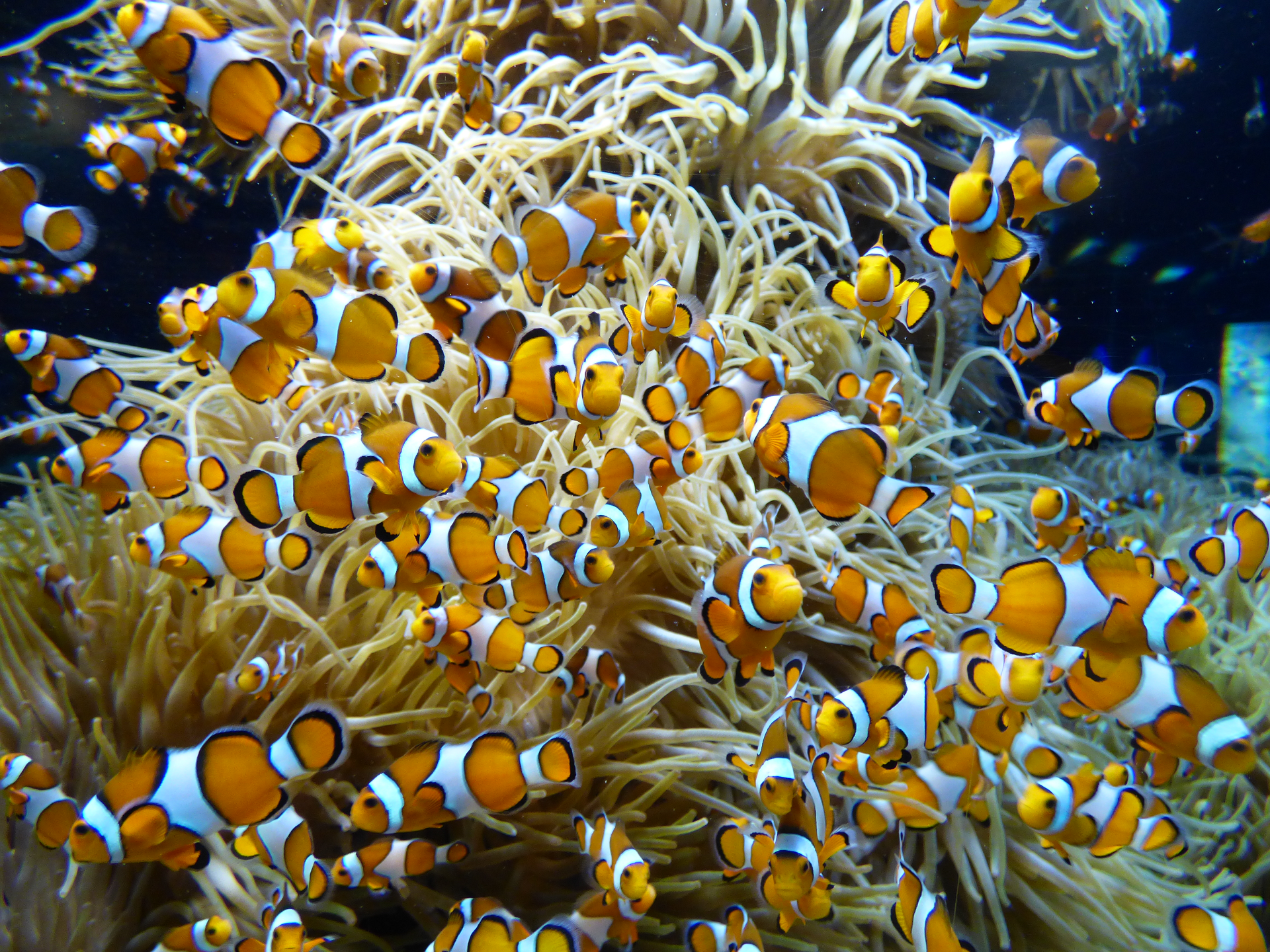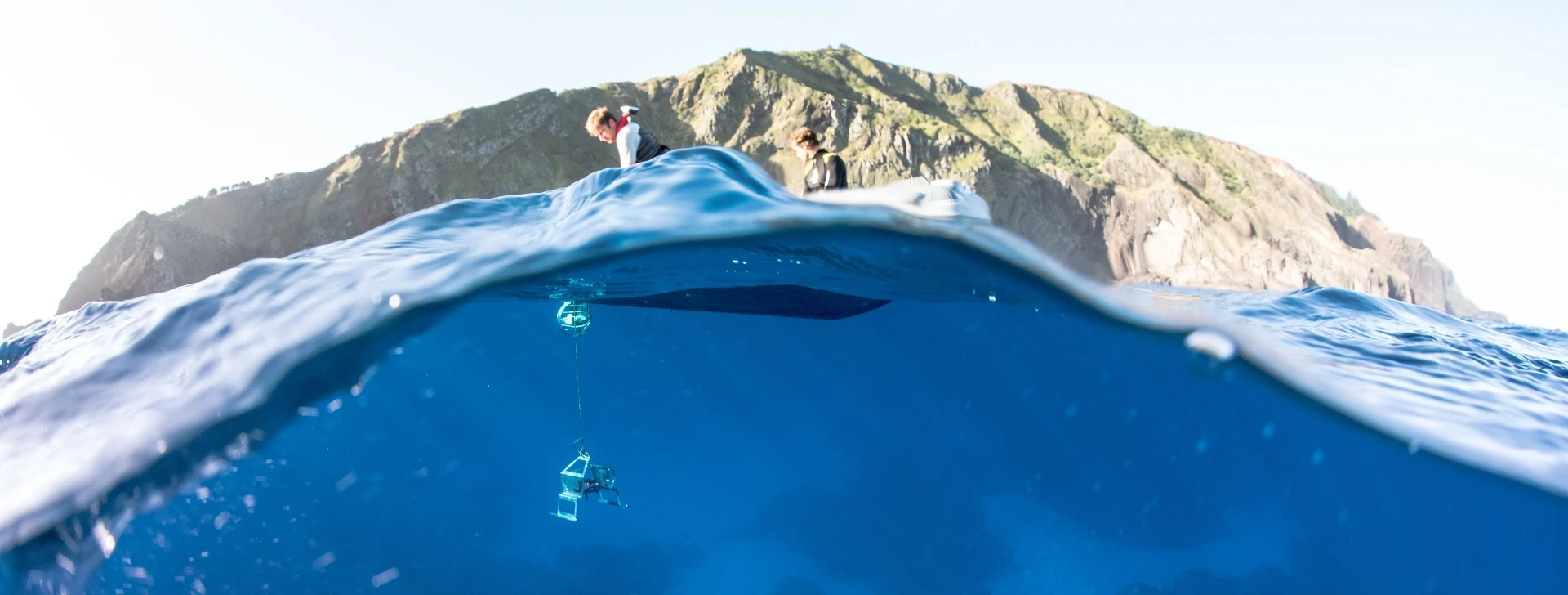Publication Abstract
- Title
-
Mussels, Mytilus edulis, as a bioindicator for microplastics: a multi-stressor case study of England and Wales [Publications currently being worked on]
- Publication Abstract
-
Mussels, as filter feeders, are susceptible to microplastic pollution. Mussels are sentinel species used as indicators for many contaminants, including harmful algal blooms, but to date there is no agreed sentinel bioindicator targeting microplastics. Mussels from seven locations on the English and Welsh coast were monitored for both contaminants. Over half (53%) of mussels contained litter after contamination correction. No accumulation zones in microplastic abundance were identified with a mean contamination of 1.33 ± 3.04 items per individual (95% CI = 0.88–1.79) and 0.33 ± 0.71 items per g (wet weight) (95% CI = 0.23–0.44). Five groups of harmful algal toxins were screened within the study animals, with no quantifiable levels of any being present at the time of sampling for this study. However, four of the six sites were exposed to the Diarrhetic shellfish toxins earlier in the year, representing a prior exposure to harmful algal toxins. Given the presence of both contaminants in British waters, there is concern for multi-stressor impacts on the marine environment and it is proposed that multi-factor monitoring or research studies could provide insight into the true risk of microplastics as a contaminant vector and antagonistic pollutant in the environment.
- Publication Authors
-
Alexandra R. McGoran 1 *, Shamima Page 2, Adam Lewis 2, Adil Bakir 1, Jon Barry 1, Karl Dean 2, Josie Russell 1
1 Centre for Environment, Fisheries and Aquaculture Science, Pakefield Road, Lowestoft, Suffolk, NR33 0HT, UK
2 Centre for Environment, Fisheries and Aquaculture Science, Barrack Road, Weymouth, DT4 8UB, UK
- Publication Reference
-
Frontiers in Marine Science
- Publication Internet Address of the Data
- Publication Date
- Publication DOI: https://doi.org/
- Publication Citation


